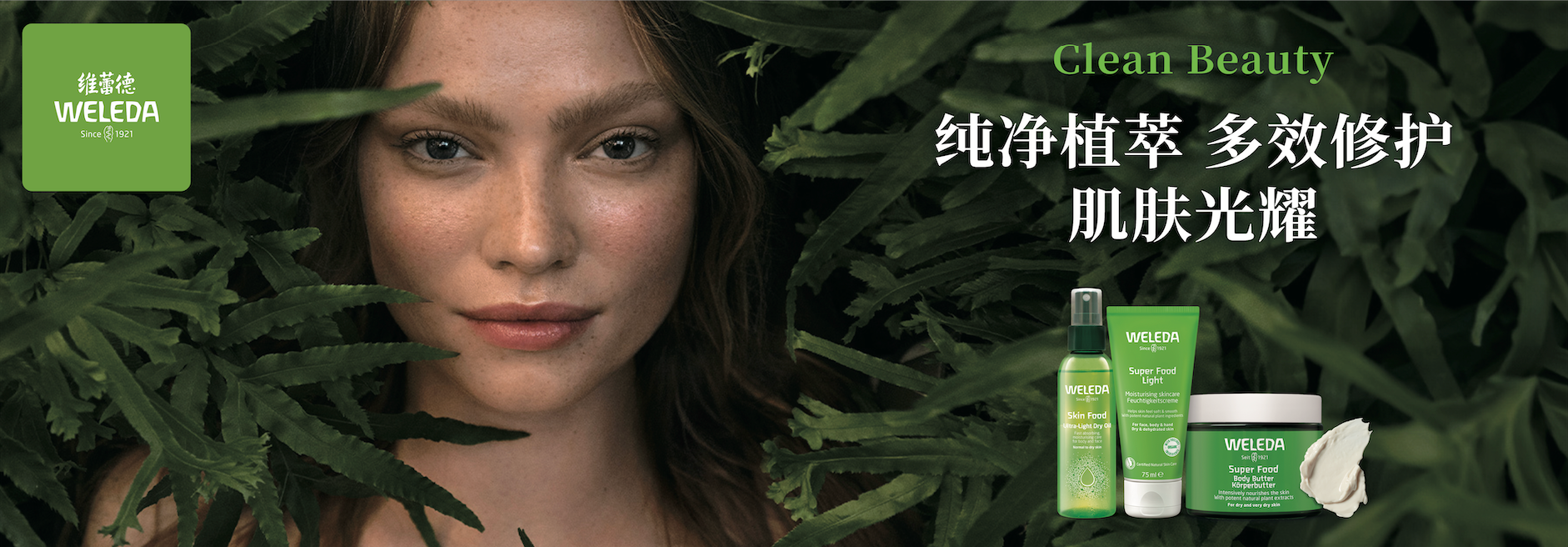Aranya - A Cultural Oasis for Brands and Creatives in China
Hi! Welcome back to our series on marketing in China! Today, we’re exploring Aranya, a thriving seaside destination in China that blends nature, architecture, and art into a creative community.
What is Aranya?
Established in 2013, Aranya is located on the coast of Qinhuangdao in Hebei. It integrates natural landscapes with modern architecture and a rich cultural scene, making it a popular travel destination. Aranya offers a wide range of experiences, with spaces like the Lonely Library, Dune Art Museum, Aranya Theater and more.
Beyond its stunning architecture, Aranya also holds emotional and spiritual value, offering a peaceful escape for those looking to reconnect with themselves. Its name, associated with 'place of serenity,' emphasizes this philosophy. As a result, it has become a magnet for lifestyle brands looking to associate with tranquility, culture, and creativity.
A Destination for Cultural Tourism and Art
Aranya is a cultural hub. The community’s slogan, “Life can be more beautiful”, is reflected in every corner, from avant-garde installations to creative pop-ups. Its spaces are self-operated and welcome a variety of niche brands, both local and international.
This same commitment to creativity and individuality extends to community building. With over 100 different interest groups ranging from photography to poetry and surfing, Aranya fosters deep connections among its residents and visitors. The result? A tightly-knit community that values creativity, aesthetics, and a slower pace of life.
Aranya Theater Festival: A Cultural Milestone
Launched in 2021, the Aranya Theater Festival has quickly become one of the most anticipated events on the Chinese cultural calendar. Held each June, it draws tens of thousands of spectators and showcases performances from over 50 theater groups. Its most iconic event, “Migratory Bird 300”, brings together 300 artists for 300 hours of continuous creation across multiple mediums, creating an immersive artistic experience.
Breakthrough Brand Collaborations
Aranya has also become a preferred venue for high-profile brand collaborations. In 2023, Louis Vuitton showcased its Spring/Summer menswear collection at Aranya, transforming the beach with giant sand sculptures. Valentino, in partnership with Pantone, turned the iconic Aranya chapel into a striking pink to celebrate its Pink PP collection. Shanghai lifestyle brand Tagi hosted viral pop-up events, including a massive apple installation that gained instant attention across Xiaohongshu. These collaborations have generated over 1.5 billion social media impressions, proving that Aranya is a powerful platform for brands to engage a sophisticated, culturally-savvy audience.
Wrapping up,
Aranya's success can be attributed to three main factors:
- Unique Integration of Nature and Architecture: Its contemporary architectural spaces, framed by beautiful seaside views, create a peaceful yet modern environment.
- Vibrant Cultural Scene: From festivals to art and commercial collaborations, Aranya offers a dynamic cultural atmosphere that keeps attracting visitors.
- Powerful Marketing: Viral moments like the “Lonely Library” alone achieved 600 million views on social media. Ongoing brand collaborations continue to drive its appeal as one of China’s hottest social media spots.
At Think East, we keep you updated on cultural hubs like Aranya and the creative potential they offer brands. Stay connected with us on LinkedIn or reach out for more insights into China’s growing digital and social landscapes.
Stay tuned for our next post, and connect with us on LinkedIn or via email—we’d love to hear your thoughts and questions.
See you next time!
Banner Image Credit: Aranya's official website
Images in the gallery: Red, Louis Vuitton 2023 Spring/Summer Menswear Show at Aranya; Valentino 2022 Fall/Winter Collection Launch; Tagi's Giant Apple House in December 2023
Aranya – Eine kulturelle Oase für Marken und Kreative in China
Hi! Willkommen zurück zu unserer Serie über Marketing in China! Heute tauchen wir in Aranya ein, ein angesagtes Reiseziel am Meer, das Natur, Architektur und Kunst zu einer kreativen Community vereint.
Was ist Aranya?
Aranya, 2013 gegründet, befindet sich an der Küste von Qinhuangdao in Hebei. Hier verschmelzen Naturkulissen mit moderner Architektur und einer lebendigen Kulturszene. Das macht Aranya zu einem Hotspot für Reisende, die das Besondere suchen. Von der Lonely Library über das Dune Art Museum bis hin zum Aranya Theater – Aranya bietet eine Vielfalt an aussergewöhnlichen Erlebnissen.
Doch Aranya ist mehr als nur ein architektonisches Highlight. Der Ort hat eine starke emotionale und spirituelle Anziehungskraft und ist ein Ruhepol für Menschen, die zu sich selbst finden wollen. Der Name „Aranya“ wird mit „Ort der Besinnung“ assoziiert und verkörpert genau dieses Gefühl. Kein Wunder also, dass Lifestyle-Marken hier eine Bühne finden, um sich mit Themen wie Ruhe, Kultur und Kreativität zu verbinden.
Ein Hotspot für Kultur und Kunst
Aranya ist ein kreatives Zentrum. Der Slogan „Das Leben kann schöner sein“ zieht sich durch das gesamte Areal – von Kunstinstallationen bis hin zu Pop-up-Events. Viele der Locations sind Eigenkreationen und bieten sowohl lokalen wie auch internationalen Marken eine besondere Plattform.
Auch die Gemeinschaft in Aranya ist stark auf Kreativität und Individualität ausgerichtet. Über 100 Interessengruppen, von Fotografie über Poesie bis hin zu Surfen, fördern den Austausch und die Verbindung unter den Bewohnern und Gästen. Das Ergebnis: eine enge Community, die Kunst, Ästhetik und ein bewusst entschleunigtes Leben schätzt.
Aranya Theater Festival: Ein kulturelles Highlight
Seit 2021 hat sich das Aranya Theater Festival zu einem der wichtigsten Kultur-Events in China entwickelt. Jedes Jahr im Juni lockt es zehntausende Besucher an, mit über 50 Theatergruppen, die ihr Können zeigen. Ein Highlight ist „Migratory Bird 300“, bei dem 300 Künstler über 300 Stunden hinweg nonstop Kunst in allen Formen erschaffen. Ein echtes immersives Erlebnis!
Marken setzen auf Aranya
Aranya ist auch die Bühne für namhafte Marken. 2023 präsentierte Louis Vuitton seine Frühjahr/Sommer-Menswear-Kollektion direkt am Strand von Aranya, inklusive beeindruckender Sandskulpturen. Valentino tauchte die Aranya-Kapelle in knalliges Pink, um seine Pink-PP-Kollektion zu feiern. Und die Lifestyle-Marke Tagi aus Shanghai sorgte mit einer riesigen Apfel-Installation für Aufsehen, die auf Xiaohongshu viral ging. Diese Kooperationen erzielten über 1,5 Milliarden Impressionen in sozialen Netzwerken - ein Beweis dafür, dass Aranya eine Top-Adresse für Marken ist, um ein anspruchsvolles und kulturell interessiertes Publikum zu erreichen.
Der Erfolg von Aranya basiert auf drei Kernfaktoren:
- Einzigartiger Mix aus Natur und Architektur: Die modernen, durchdachten Räume in Verbindung mit der atemberaubenden Küstenlandschaft schaffen eine besondere Atmosphäre.
- Dynamische Kulturszene: Von Festivals über Kunstprojekte bis hin zu Marken-Events – Aranya bietet eine lebendige Kultur, die immer wieder Besucher anzieht.
- Starke mediale Präsenz: Virale Momente, wie die „Lonely Library“, die allein 600 Millionen Views generiert hat, und stetige Markenkooperationen sorgen dafür, dass Aranya als einer der Top-Social-Media-Spots in China gilt.
Bei Think East halten wir dich über kulturelle Hotspots wie Aranya auf dem Laufenden und zeigen dir, welche kreativen Chancen sie für Marken bieten. Folge uns auf LinkedIn oder melde dich direkt bei uns, um mehr über Chinas digitale und soziale Landschaften zu erfahren.
Bleib dran für unseren nächsten Beitrag und verbinde dich mit uns auf LinkedIn oder per E-Mail.
Bis zum nächsten Mal!



Sign up to our Newsletter
You have successfully subscribed to our Newsletter!
Please try again later.






